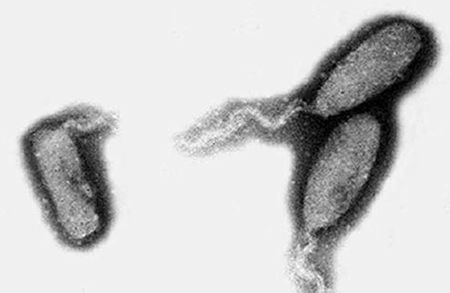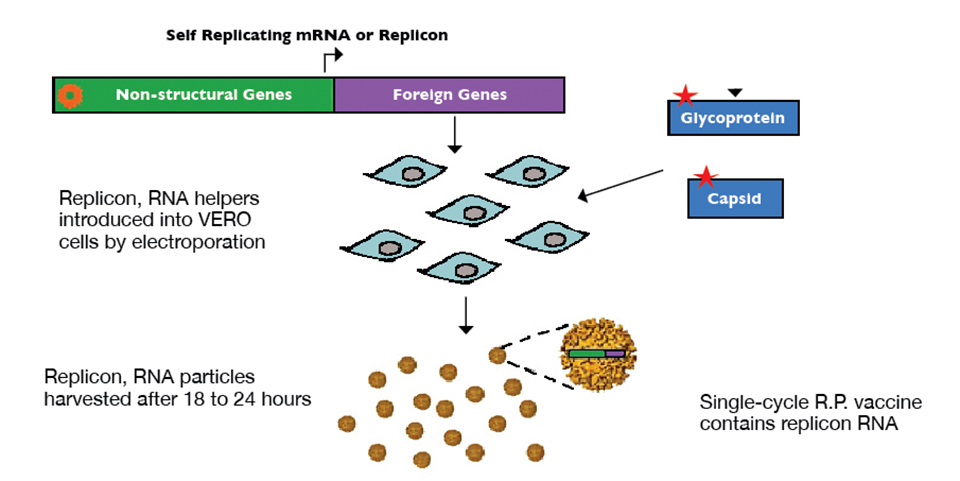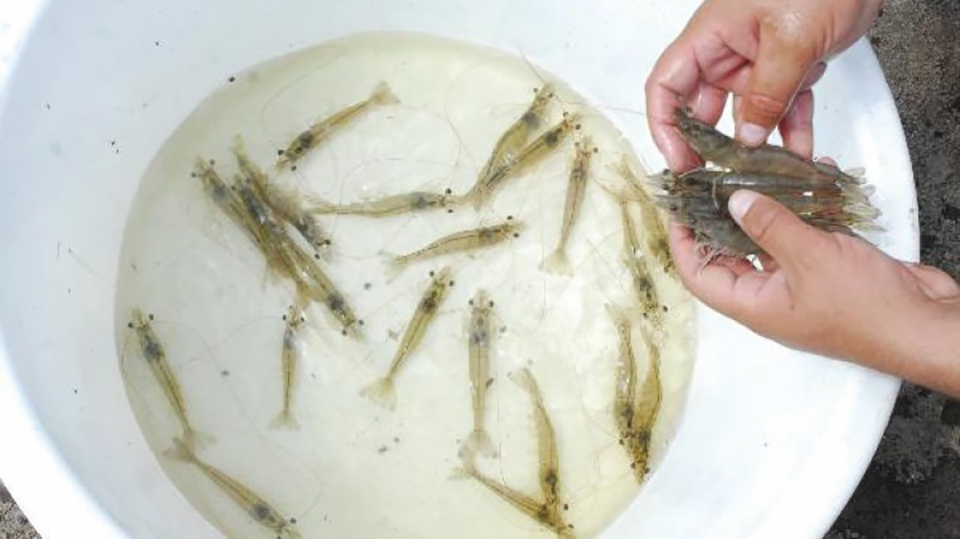Quarantine and inspection controls tightened

Australia’s prawn industry has encountered its first scare over white spot syndrome virus (WSSV) following positive polymerase chain reaction (PCR) test results in the northern territories. WSSV is foreign to Australia, but in early December 2000, staff at the Darwin Aquaculture Centre found that green, uncooked shrimp purchased as food for mud crabs were not from Australia but Indonesia.
This prompted the staff to carry out PCR testing on the shrimp and crabs, which showed positive for WSSV. Following this result, all crustaceans at the center were destroyed as a precautionary measure and the facilities were disinfected. Testing of crustaceans in waters outside the center initially showed some weak positives in five out of 12 animals tested, but subsequent testing of a further 20 animals gave only one very weak, equivocal positive result.
Shrimp origin and testing
Additional investigations found the infected shrimp came from a consignment of 10 metric tons (MT) of shrimp from Indonesia, part of which had been redirected into the bait shrimp trade. Other facilities that received shrimp from the same batch were also tested, and stocks were destroyed if positive PCR results were found.
Given the limitations of PCR results interpretation, the detection by PCR was not considered definitive enough to constitute a confirmed report of the disease, since no mortalities or clinical signs were reported. However, it led Australian authorities to take a number of steps to limit the potential for disease transmission.
Education campaign started
A national education campaign focusing on recreational fishermen, recreational fishing businesses, restaurants, and importers and wholesalers of shrimp was put into place to alert them to the risks of disease transmission through improper handling and distribution of shrimp and shrimp products. A monitoring and surveillance program was also implemented by the Department of Primary Industry and Fisheries to determine if WSSV is present in northern territory waters.
In an interview on ABC Central Australia’s “Country Hour” radio program, Martin Breen of the Australian Prawn Farmers Association supported a call by Primary Industries and Fisheries Minister Mick Palmer for a moratorium on green prawn imports into Australia. He also stated the need for a senate inquiry into the issue, including a thorough evaluation of the Australian Quarantine and Inspection Service draft import risk assessment for prawns.
Interim measures
Michael Taylor; secretary of the Department of Agriculture, Fisheries, and Forestry, Australia; also announced interim measures aimed at green prawn imports following evidence that the diversion of green prawns for use as bait and aquaculture feed was more common than previously thought. Green prawn imports for these uses has been prohibited since 1996.
In short, the interim measures required that any uncooked whole prawns or prawn products would require a certificate from the competent authority to certify the prawns were not emergency harvested and were free from visible lesions. Also, either the place of harvest had to be officially free from white spot and yellowhead diseases as defined in the Office International des Epizooties (World Organisation for Animal Health) code, or the shrimp were larger than 15 grams individual weight.
For processed prawns, the interim measures included the same provision against emergency harvest. The prawns’ heads had to be removed, with processing and inspection done in premises approved by and under the control of the competent authority.
AQIS tightens controls
The Australian Quarantine and Inspection Service (AQIS), now called Biosecurity Australia, tightened controls on the importation of uncooked prawns by the introduction of additional interim measures, including:
- Testing of whole green prawns from countries or regions unable to demonstrate freedom from WSSV.
- Development of an education campaign with the cooperation of states and territories for bait wholesalers, recreational fishermen and restaurants.
- Development with industry input of codes of practice for importers and domestic producers of prawns on the handling of waste.
- Working with states and territories toward imposing post-entry controls to prevent diversion of imported prawns for bait.
Conclusion
The WSSV incident raised concerns in Australia and the region over quarantine issues. The incident provided a wakeup call to the Australian shrimp industry, and highlighted the need for continued vigilance at all levels to avoid the potential damage that could be caused by the entry of WSSV.
The measures initiated by Australia have been questioned, given that the presence of WSSV remains unconfirmed, the incident was an isolated case, and it originated due to the illegal diversion of prawns meant for human consumption. These factors, it is argued, weaken the Australian case for such drastic measures under the World Trade Organization Agreement on Sanitary and Phytosanitary Measures.
(Editor’s Note: This article was originally published in the April 2001 print edition of the Global Aquaculture Advocate.)
Now that you've reached the end of the article ...
… please consider supporting GSA’s mission to advance responsible seafood practices through education, advocacy and third-party assurances. The Advocate aims to document the evolution of responsible seafood practices and share the expansive knowledge of our vast network of contributors.
By becoming a Global Seafood Alliance member, you’re ensuring that all of the pre-competitive work we do through member benefits, resources and events can continue. Individual membership costs just $50 a year.
Not a GSA member? Join us.
Author
-
Daniel Fegan, Ph.D.
Shrimp Biotechnology Program
National Center for Genetic Engineering and Biotechnology
Bangkok, Thailand
Tagged With
Related Posts

Health & Welfare
Alphavirus replicon particles potential method for WSSV vaccination of white shrimp
A study demonstrated that VP19 and VP28 white spot syndrome virus envelope proteins expressed by replicon particles provided protection against mortality due to WSSV in shrimp.

Health & Welfare
A comprehensive look at the Proficiency Test for farmed shrimp
The University of Arizona Aquaculture Pathology Laboratory has carried out the Proficiency Test (PT) since 2005, with 300-plus diagnostic laboratories participating while improving their capabilities in the diagnosis of several shrimp pathogens.

Responsibility
A look at various intensive shrimp farming systems in Asia
The impact of diseases led some Asian shrimp farming countries to develop biofloc and recirculation aquaculture system (RAS) production technologies. Treating incoming water for culture operations and wastewater treatment are biosecurity measures for disease prevention and control.

Health & Welfare
A study of Zoea-2 Syndrome in hatcheries in India, part 1
Indian shrimp hatcheries have experienced larval mortality in the zoea-2 stage, with molt deterioration and resulting in heavy mortality. Authors investigated the problem holistically.


